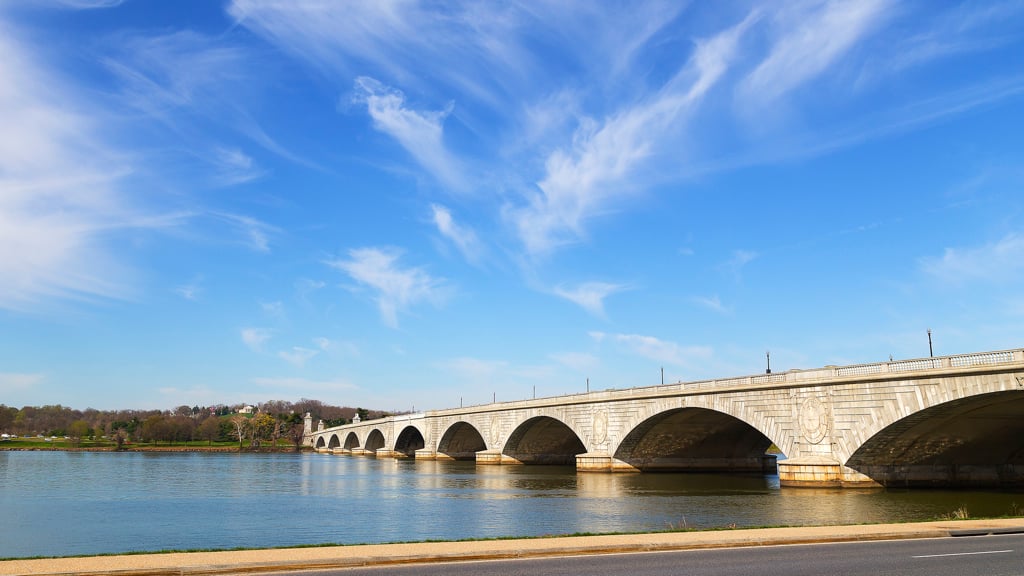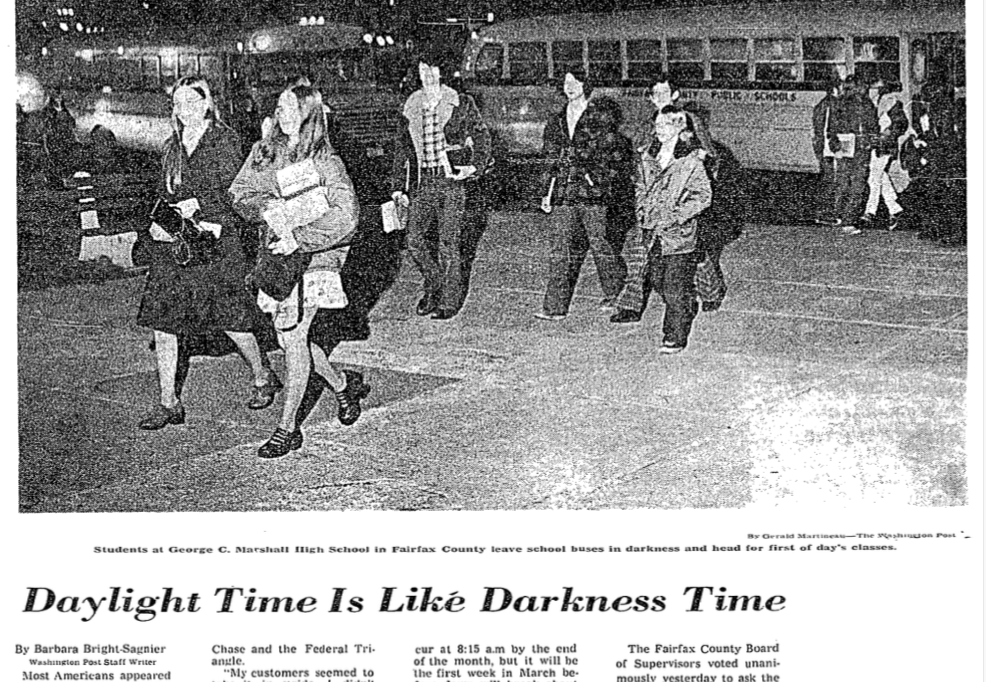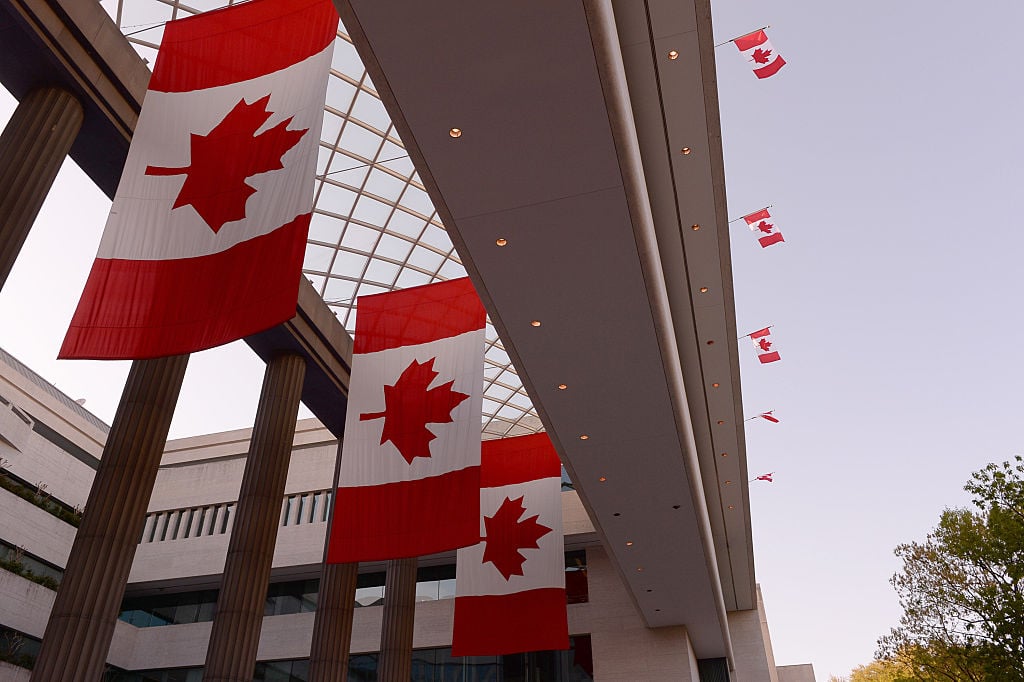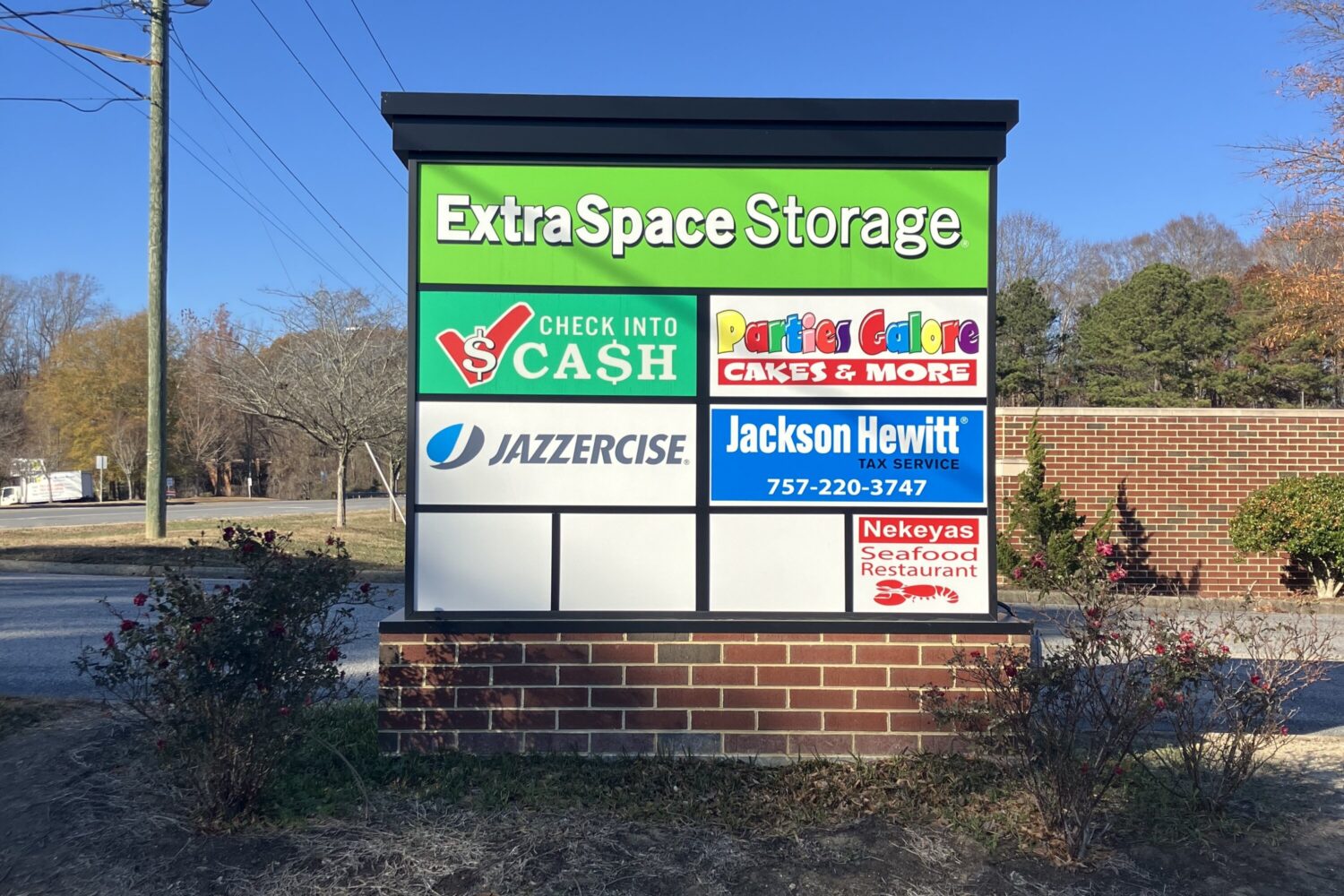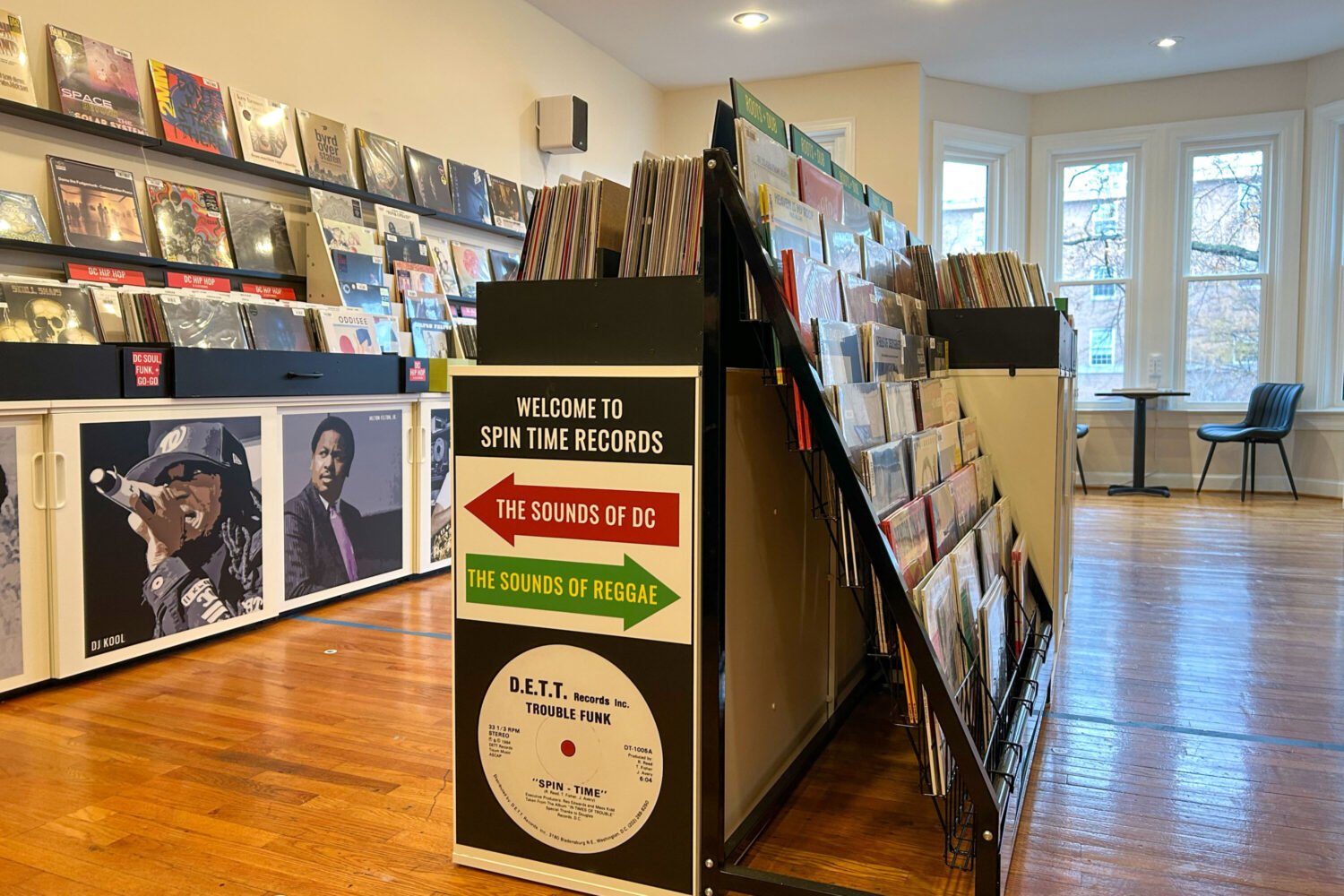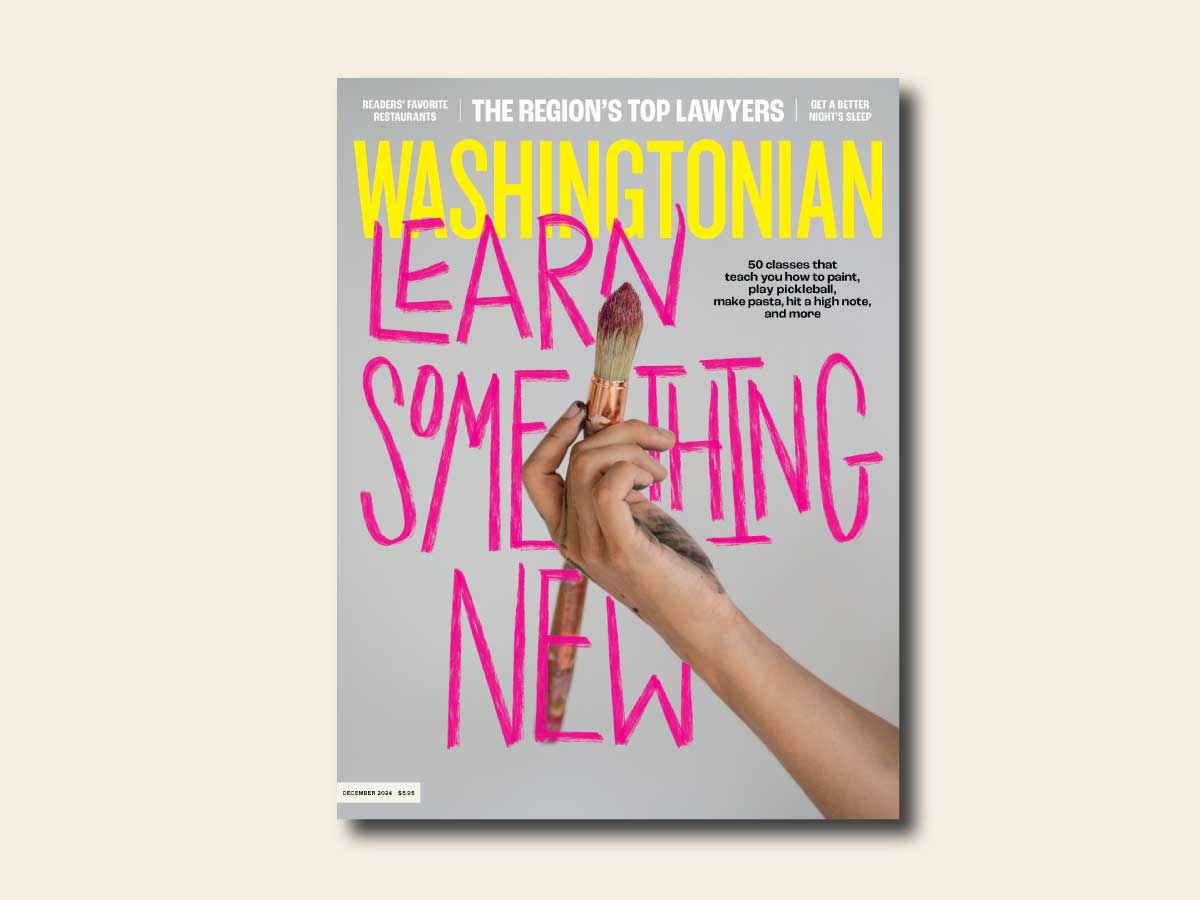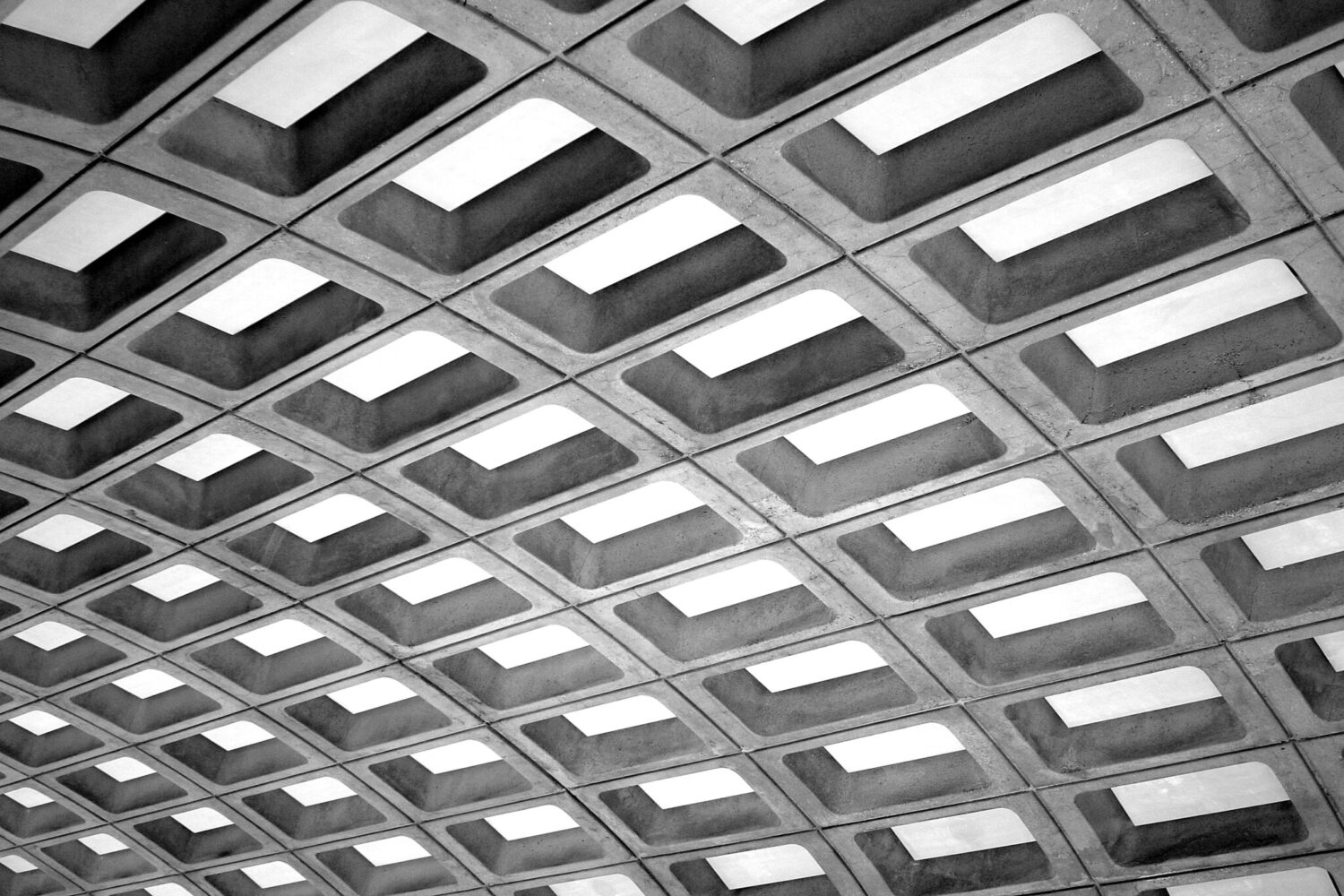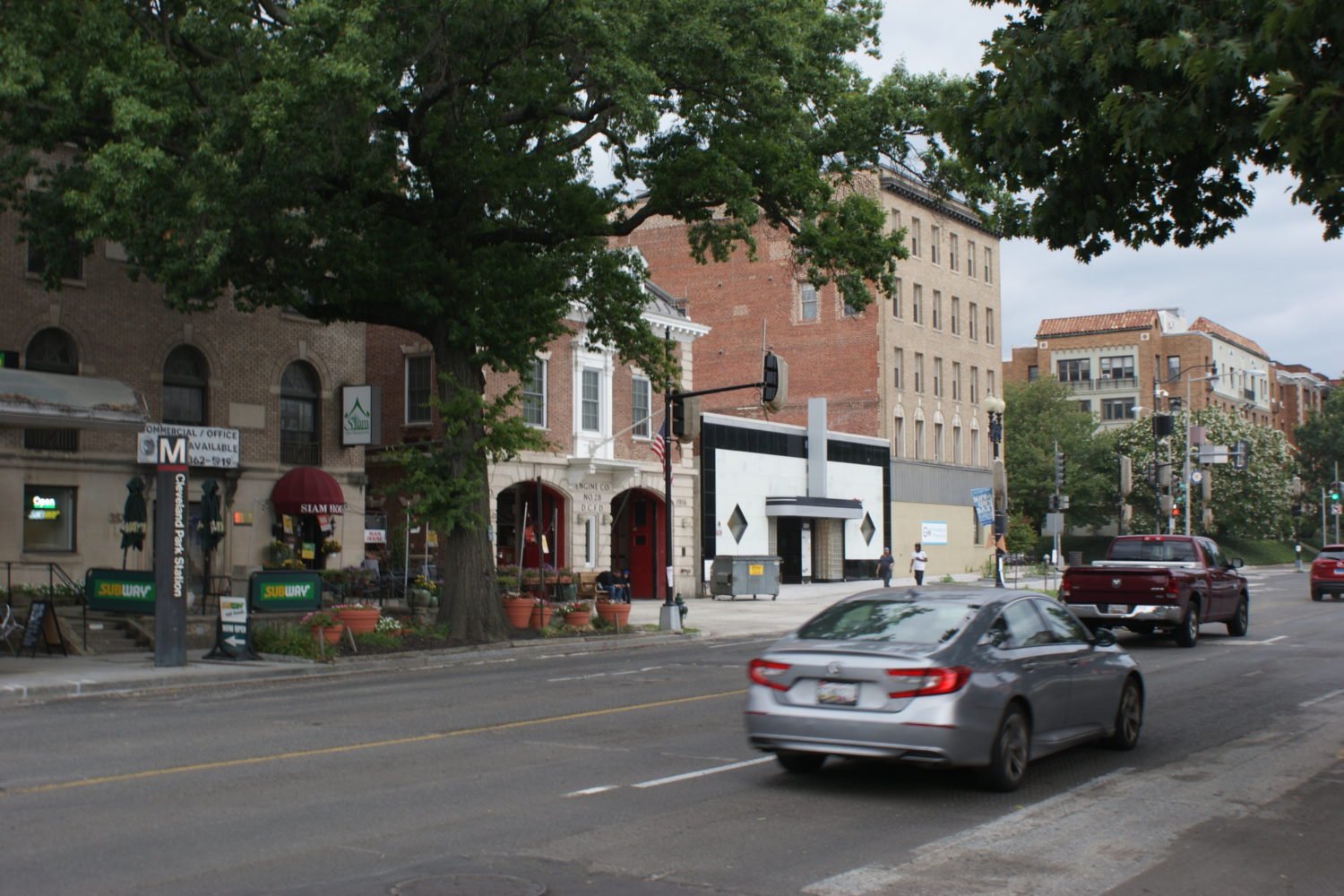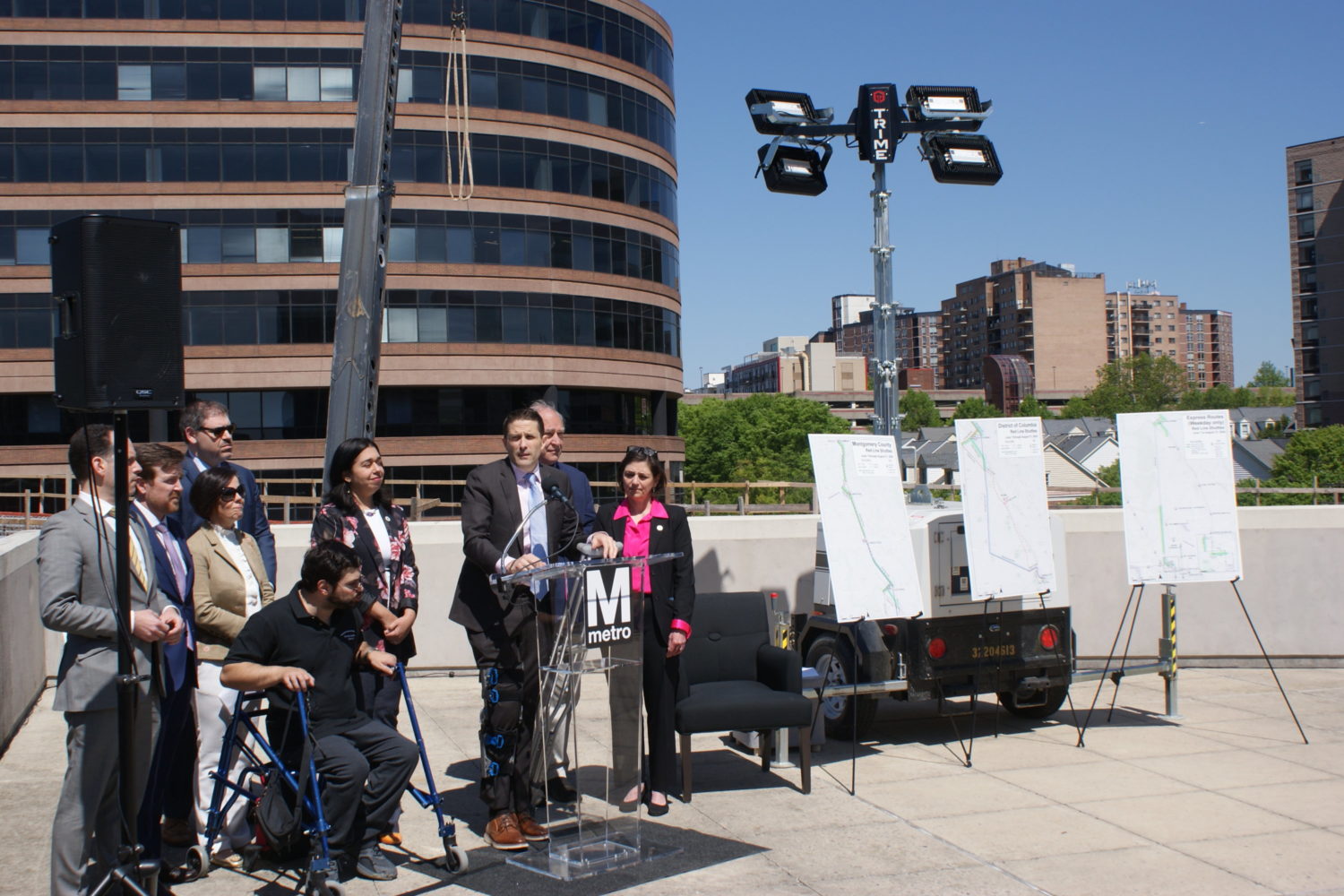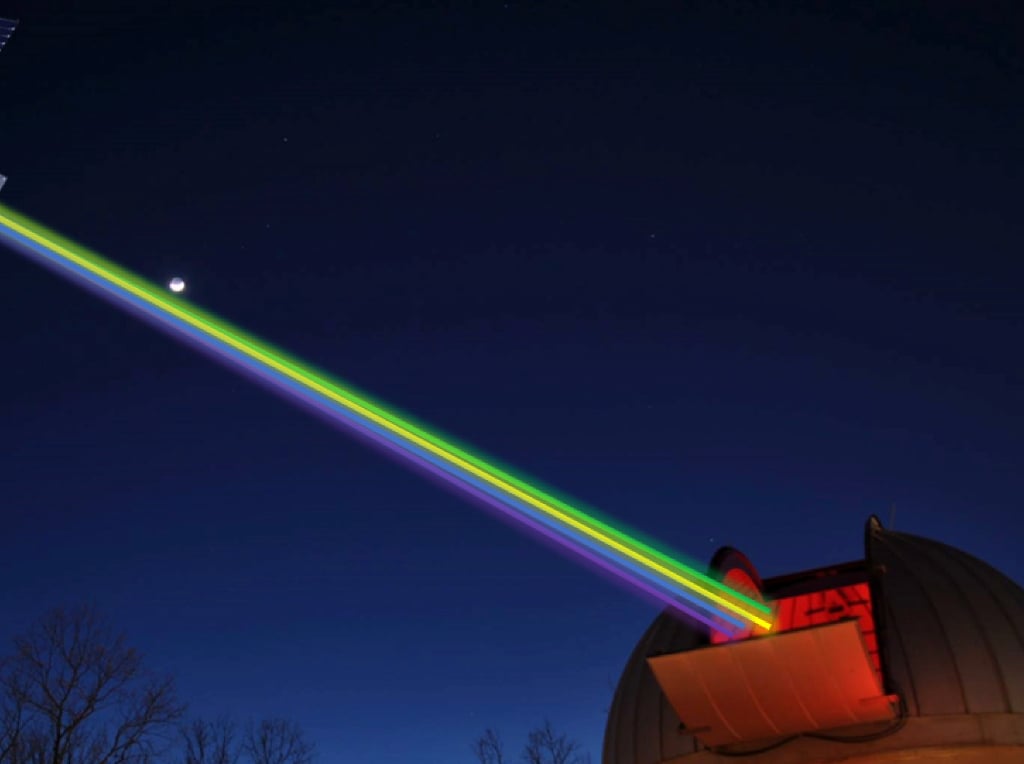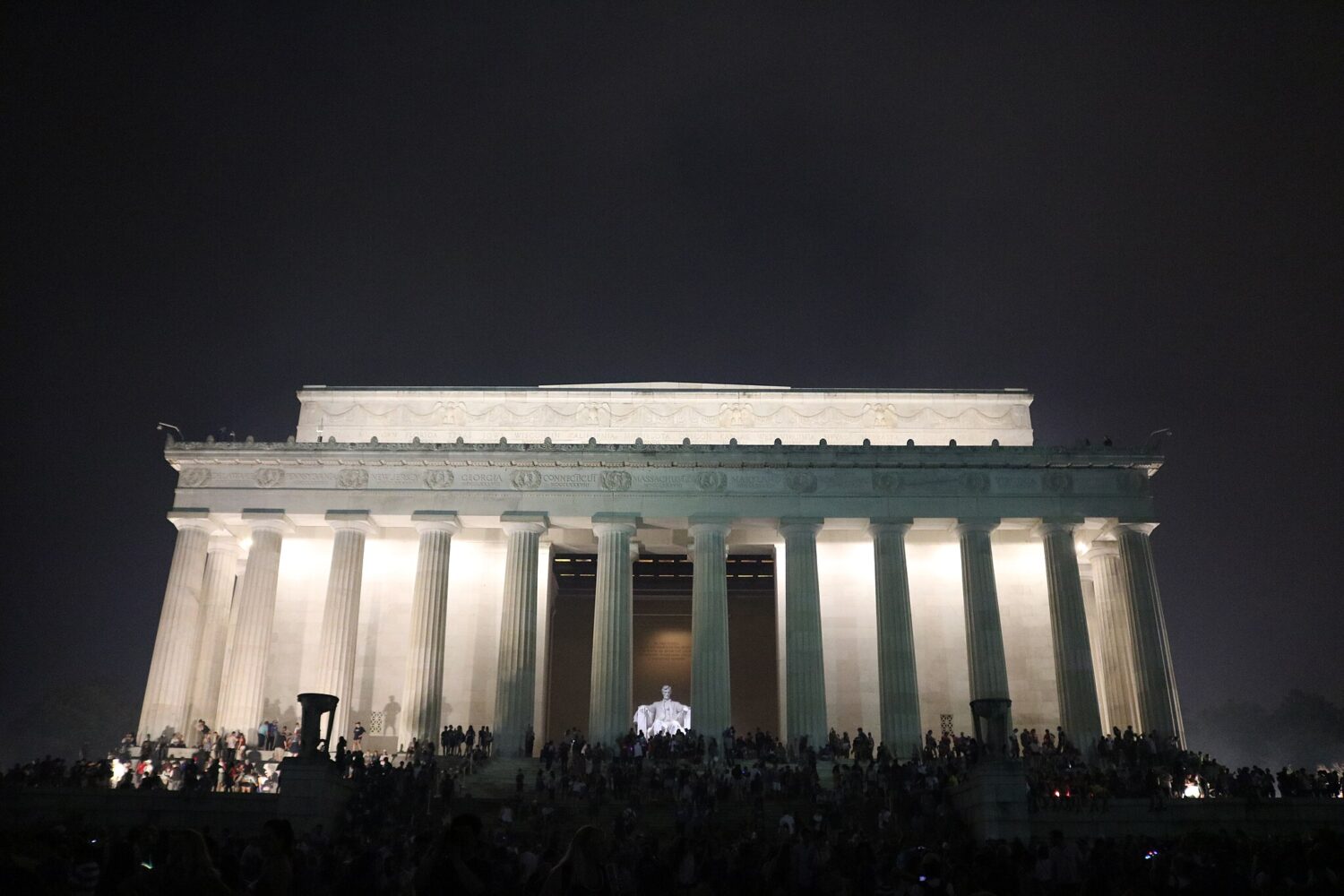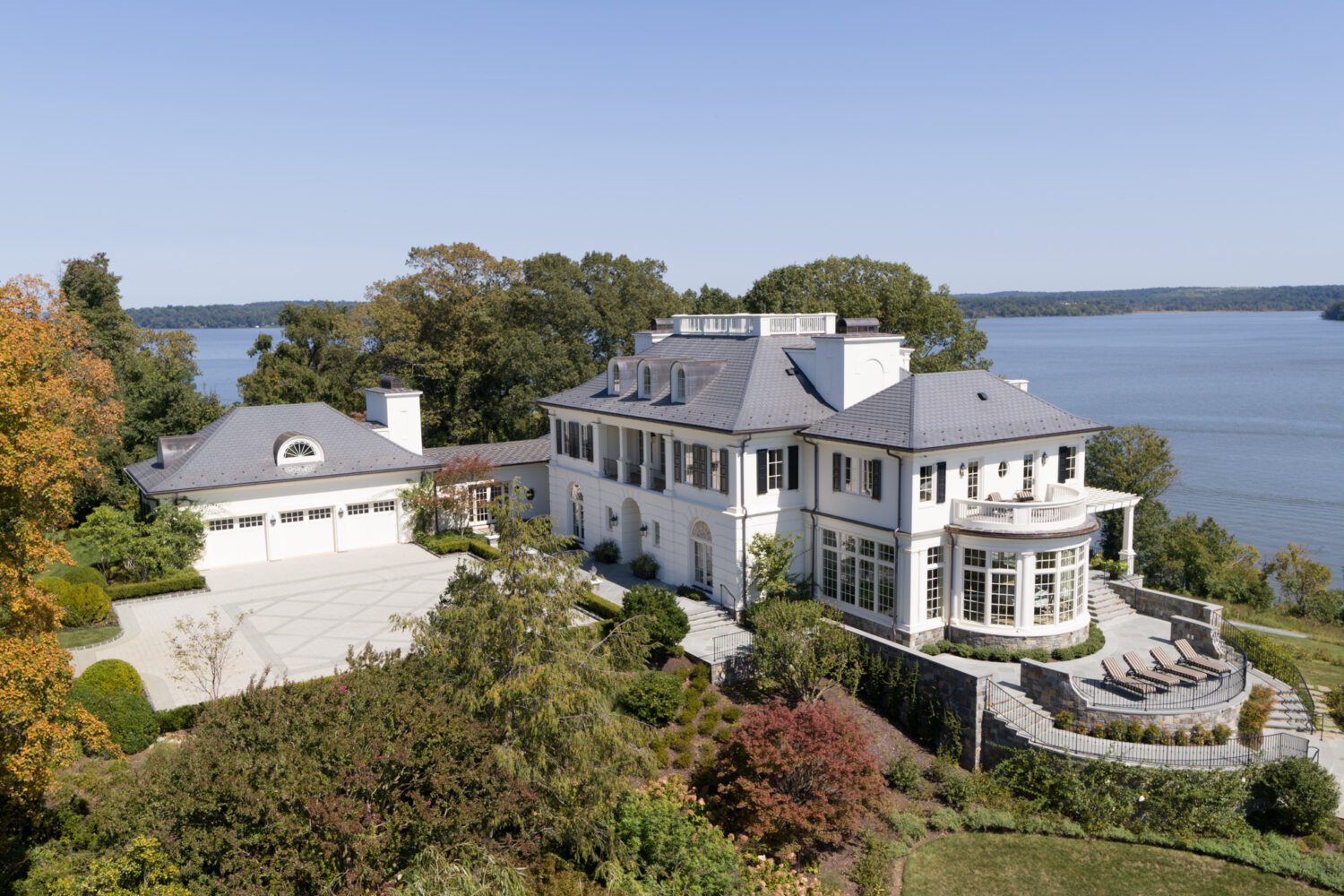The condition of the Arlington Memorial Bridge has become so severe, the National Park Service says it will have to close the roadway to all traffic in 2021 if it cannot make $250 million in repairs. Park Service officials said Thursday that an inspection last month found that the bridge’s deterioration is actually accelerating, despite a series of patchwork fixes that have been made since 2010.
Without a complete overhaul, the 84-year-old bridge will no longer be able to carry any vehicles at all within five years. The loss of the bridge would forcefully disrupt the way people in Washington get around. While the bridge is famous for the landmarks it spans, it is also a critical component of DC’s daily commute, carrying an estimated 68,000 vehicles per day, according to Jenny Anzelmo-Sarles, an NPS spokeswoman.
A full closure would be a bruising shot to Washington’s economy. The Metropolitan Washington Council of Governments estimates that closing the bridge could cost more than $75 million annually in 2021 and beyond. Even today, though, NPS officials have started curtailing the bridge’s availability.
Following the inspection last year that revealed its failing structure, the bridge was closed to vehicles weighing more than ten tons, effectively forcing most tour buses to seek alternative routes between the Lincoln Memorial and Arlington National Cemetery. Without the full $250 million overhaul, the bridge would be restricted to passenger cars in 2019 before being blocked off completely, Anzelmo-Sarles says.
“We spent $10 million on band-aid repairs to stabilize the bridge,” she tells Washingtonian. “After that there are no more temporary stabilization repairs left.”
The Arlington Memorial Bridge was the world’s longest, heaviest, and fastest-opening drawbridge when it was finished in 1932, though it hasn’t opened its main span since February 28, 1961. Bridges of its era were designed with 70-to-80-year lifespans; the Arlington Memorial Bridge passed that upper limit four years ago.
Inspection shows accelerated deterioration, indicates Memorial Bridge may close in 2021 w/o $250 million overhaul. pic.twitter.com/UNjuOTJJn5
— Jenny A-S NPS (@JennyASNPS) March 3, 2016
Arlington Memorial Bridge facing 2021 closure w/o $250mil fix. Samples show 11in thick concrete deck is crumbling. pic.twitter.com/mbw5J89P0g
— Jenny A-S NPS (@JennyASNPS) March 3, 2016
Last month’s inspection found beams with gaping holes eaten by decades of rust and piles of rubble where 11-inch-thick slabs of concrete once stood. The most significant damage is in the bridge’s trunnions, cylindrical protrusions that balance the rest of the structure like a table’s legs.
“There are these concrete walls that are 40-feet tall,” Anzelmo-Sarles says. “If they crumble…”
Adding to the gravity of the bridge’s condition is that the National Park Service simply does not have the budget right now to pay for the $250 million overhaul. The agency’s entire transportation budget for the current fiscal year is just $268 million, and will only rise to $300 million by 2020. And there are other NPS-managed roadways that need fixing besides the Arlington Memorial Bridge.
The National Park Service’s systemwide maintenance backlog is approaching $12 billion, more than half of which comes from decaying roads, bridges, parking lots, and other transportation infrastructure, including many in the DC area. In fact, Anzelmo-Sarles says, the recent emergency work on the Arlington Memorial Bridge have come at the direct expense of roadways like the George Washington Memorial Parkway and Rock Creek Park’s Beach Drive, both of which are riddled with dangerous potholes that haven’t been able to be patched.
At this point, NPS officials are looking to the jurisdictions served by the bridge to help fund the colossal rebuilding project, including DC and several communities in Northern Virginia, and other federal agencies.
“We’ll need the whole region’s support,” Anzelmo-Sarles says. “It’s going to take more than the National Park Service to get this done. We’ve been trying to address this sometime. The new thing is that because of the accelerated rate of deterioration, we now have a deadline.”

